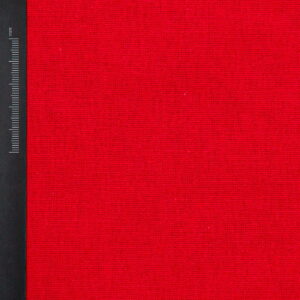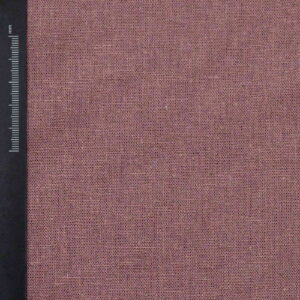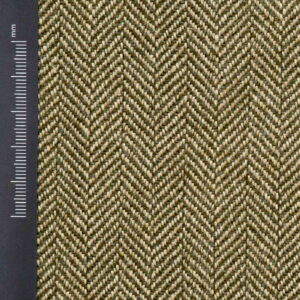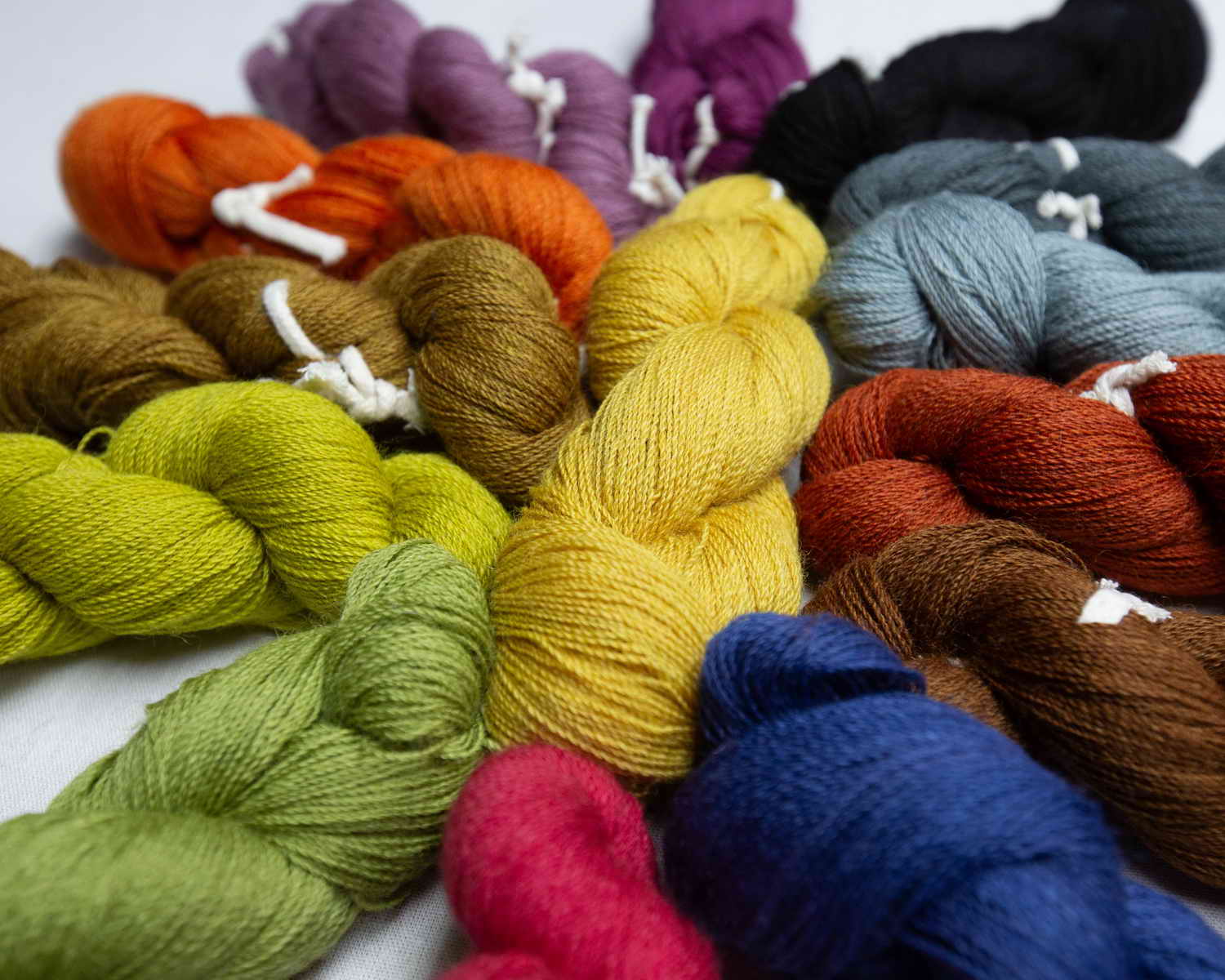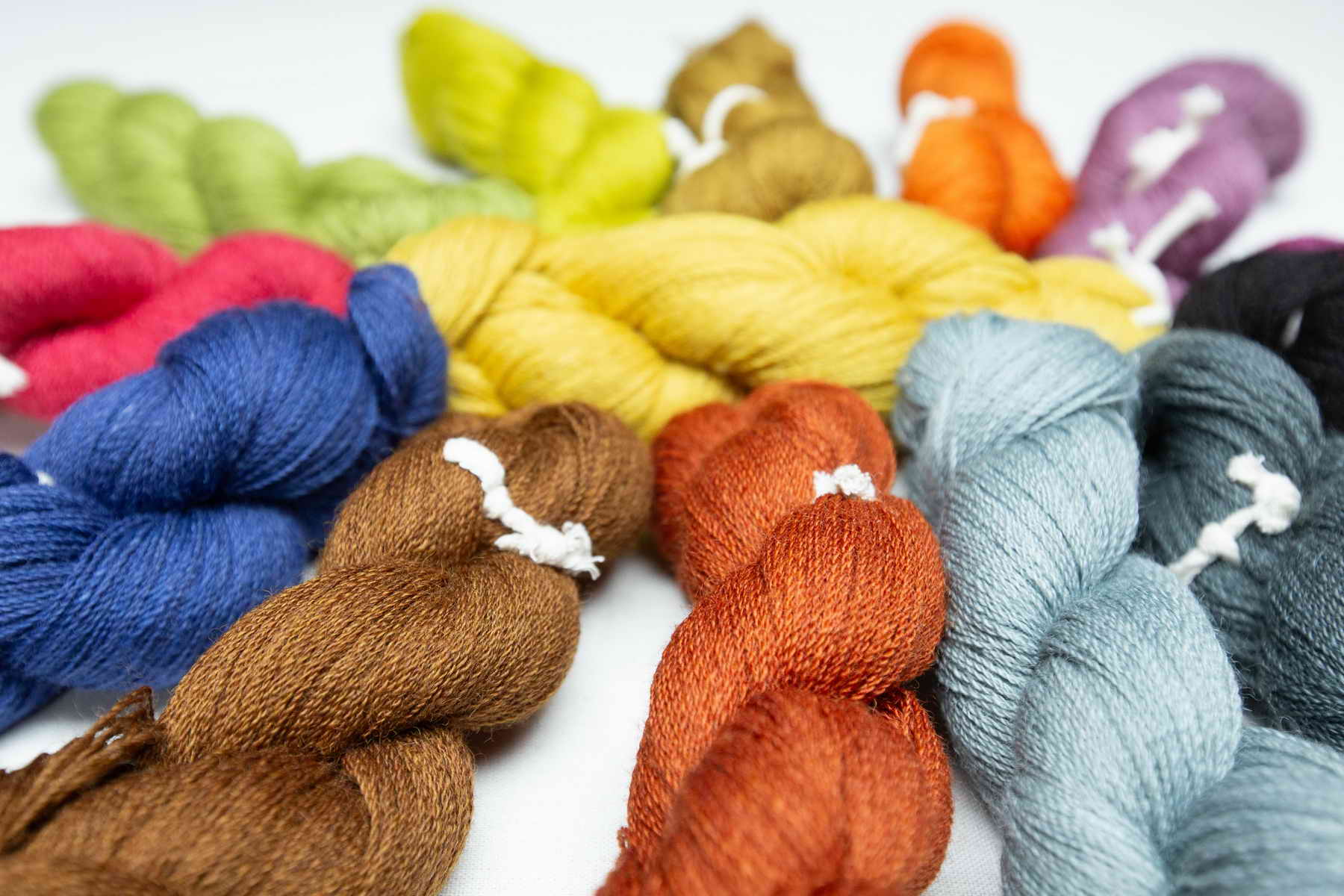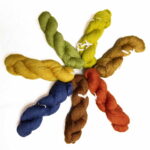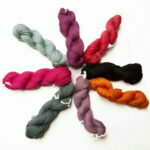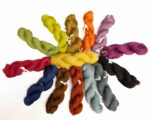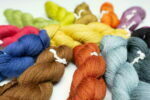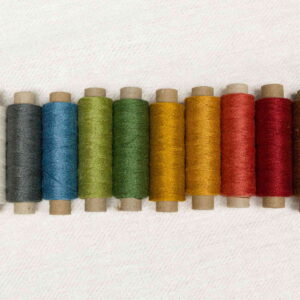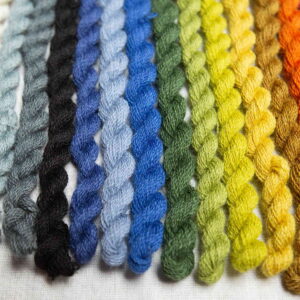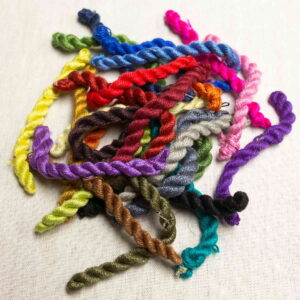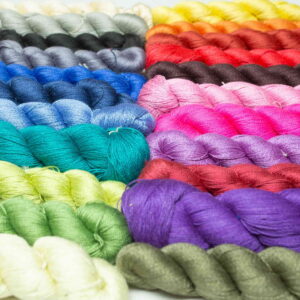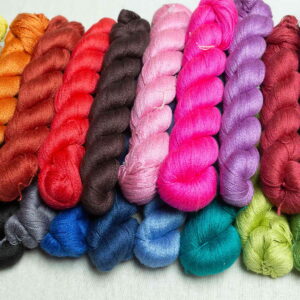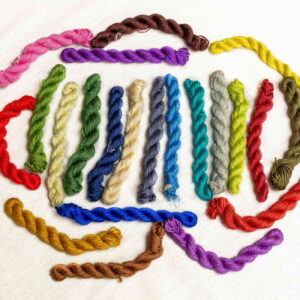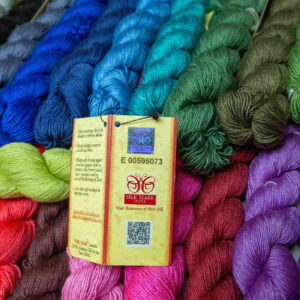The direction of the twist in yarn, whether it’s Z twist or S twist, plays a significant role in the characteristics and performance of the final product. Z twist yarn, which is twisted in a clockwise direction, is known for its durability and strength. This twist is commonly used in applications where the yarn needs to withstand tension and stress, such as in sewing threads or rope making. The Z twist provides a more stable and robust structure, making it less prone to unraveling. It’s an excellent choice for projects where durability is a top priority.
On the other hand, S twist yarn, twisted in a counterclockwise direction, is often preferred for its softer and more pliable nature. S twist yarns are frequently used in applications where comfort and flexibility are essential, such as in clothing and textiles. This twist allows the fibers to move more freely, giving the yarn a softer feel and drape. While it may not be as strong as Z twist yarn, it excels in projects where a gentle touch and a comfortable texture are desired, like in making soft, cozy sweaters or blankets. Choosing between Z twist and S twist yarn depends on the specific needs of the project, with each twist offering distinct advantages tailored to the intended use.
Wool has a rich history in tablet weaving, a craft that dates back thousands of years. Its unique properties make it an excellent choice for this intricate and ancient technique. Tablet weaving involves creating intricate patterns and designs by turning specially designed tablets or cards. Wool’s natural grip and friction make it particularly well-suited for this method, as it holds the tablets in place and allows for precise manipulation of the threads.
Furthermore, wool’s versatility extends to its dyeing capabilities, enabling tablet weavers to produce vibrant and enduring colors in their projects. This ancient craft often produces beautifully patterned bands, straps, and trim, and wool’s ability to take on rich and lasting dyes ensures that these creations remain visually striking for generations to come. Whether you’re a seasoned tablet weaver or a newcomer to this ancient art, wool’s unique combination of grip, flexibility, and dyeability makes it an essential and enduring choice for tablet weaving projects.
When it comes to knitting baby clothes, choosing the right yarn is paramount, and 100% thin merino wool yarn stands out as an ideal option. Merino wool is renowned for its unmatched softness, making it exceptionally gentle against a baby’s delicate skin. The fine fibers of merino wool are much finer than traditional wool, ensuring that the baby’s clothes feel cozy, comfortable, and itch-free. Its natural breathability helps regulate temperature, keeping the baby warm in cooler months and cool in warmer weather, making it a versatile choice for all seasons.
In addition to its softness and comfort, merino wool is also highly absorbent and moisture-wicking, which is essential for baby clothes. It helps keep the baby dry by absorbing moisture away from the skin, minimizing the risk of irritation and discomfort. Furthermore, merino wool is known for its durability, ensuring that the baby’s garments will withstand frequent washing and wear. Whether you’re knitting tiny sweaters, blankets, or adorable booties, 100% thin merino wool yarn not only ensures that your handmade creations are snug and stylish but also guarantees that they are safe and gentle on your little one’s skin.
Wool, a material more commonly associated with warmth and coziness, may not be the first choice that comes to mind for lacemaking. However, when it comes to crafting intricate and delicate lace patterns, fine wool yarns have proven to be a hidden gem. Wool’s natural elasticity and crimp give it the ability to hold even the tiniest stitches, allowing lace makers to create intricate designs with precision. Additionally, the warmth and softness of wool lend a luxurious feel to lace creations, making them not only visually stunning but also comfortable to wear.
Moreover, wool’s dye-absorbing qualities offer lace makers an expansive palette to work with, allowing for the creation of lace pieces in a wide range of colors. This versatility, combined with the natural sheen that fine wool can acquire, ensures that wool is a fantastic choice for crafting lace items that are as versatile as they are beautiful. Whether you’re crafting heirloom-quality shawls, delicate doilies, or intricate tablecloths, wool’s unique qualities elevate the art of lacemaking, making it a material that lace enthusiasts should not overlook.



